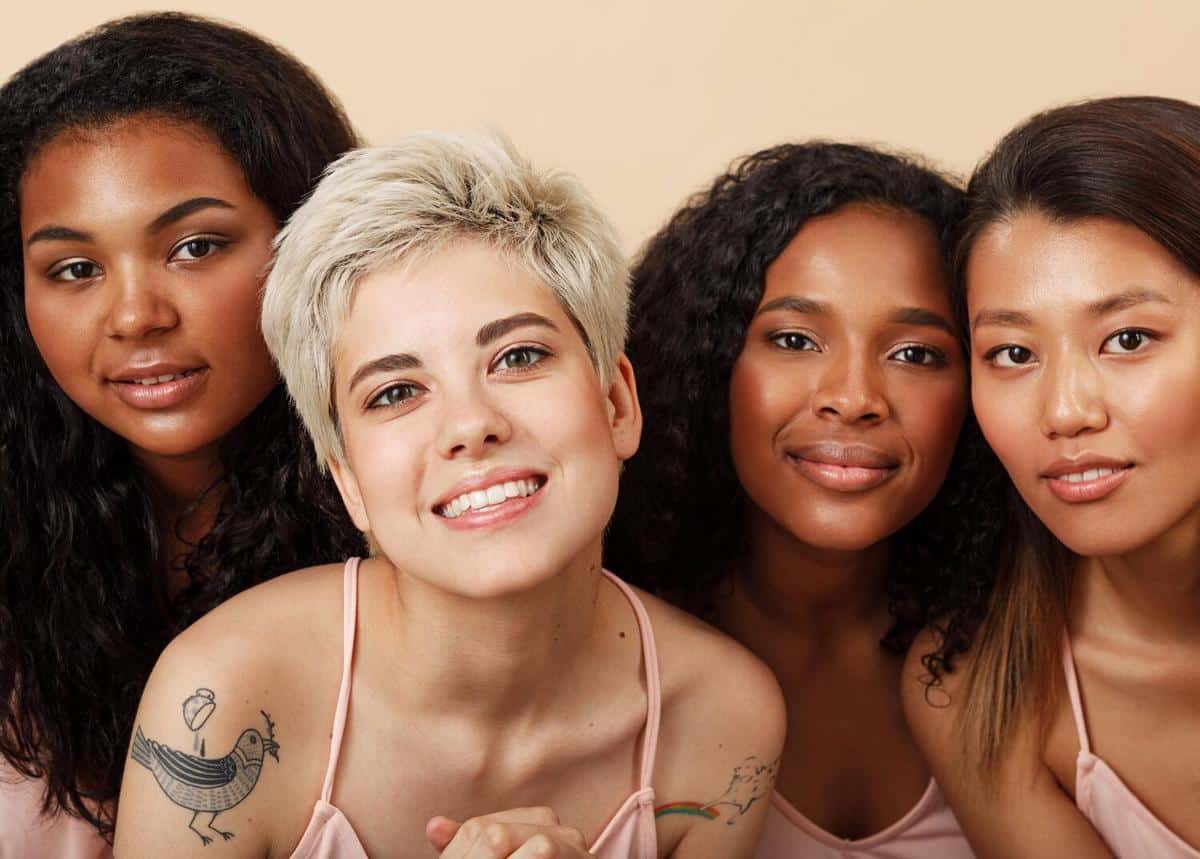
The Role of Racial Equity in the Beauty Industry
The beauty industry, long celebrated for its creativity and innovation, is now undergoing a significant transformation as it embraces the concept of racial equity. This evolving focus is not just a trend but a necessary shift towards inclusivity and representation, making beauty accessible and relevant to all.
In recent years, the push for racial equity in the beauty industry has gained momentum, shedding light on the importance of diversity and inclusion. This shift is anchored in the understanding that beauty comes in all shades, shapes, and sizes, and industry leaders are increasingly recognizing the need to cater to a diverse customer base.
Understanding Racial Equity in Beauty
Racial equity in the beauty industry refers to the fair representation and inclusion of all racial and ethnic groups in every aspect of the industry, from product development to marketing. It means creating products that meet the unique needs of various skin tones and hair types, as well as ensuring that advertising and branding reflect the diverse world we live in.
Expert Insights
According to industry expert Lisa Price, founder of a renowned beauty brand, “The beauty industry has the power to change perceptions and break stereotypes. By prioritizing racial equity, we can create a more inclusive and empowering space for everyone.”
Statistics Highlighting the Need for Change
Research suggests that by 2044, more than half of all Americans will belong to a minority group. This demographic shift underscores the necessity for the beauty industry to adapt and innovate. A study by Nielsen found that African American consumers spent over $1.2 trillion annually, with a significant portion dedicated to beauty and personal care products. Yet, historically, many brands have overlooked this crucial market segment.
Personal Stories and Experiences
Consider the story of Maria, a young woman who struggled to find foundation shades that matched her skin tone. Her experience is not unique, as many people of color have faced similar challenges. Maria’s story highlights the gap that still exists in the availability of inclusive beauty products.
Steps Towards Greater Racial Equity
- Inclusive Product Development: Brands need to invest in research and development to create products that cater to a wide range of skin tones and hair types.
- Diverse Marketing Campaigns: Representation matters. Featuring models and ambassadors from diverse backgrounds can help break down stereotypes and foster inclusivity.
- Community Engagement: Collaborating with diverse communities can provide valuable insights and help brands develop products that truly meet consumer needs.
When shopping for beauty products, look for brands that prioritize diversity and have a proven track record of inclusivity. Supporting such brands encourages the industry to continue its journey toward racial equity.
Resources for Further Exploration
For those interested in learning more about racial equity in the beauty industry, consider exploring initiatives like the Pull Up for Change campaign, which holds brands accountable for their diversity efforts. Additionally, websites such as Refinery29 and Allure offer excellent coverage on beauty diversity and inclusion topics.
FAQ
What is racial equity in the beauty industry?
Racial equity in the beauty industry refers to the fair and inclusive representation of all racial and ethnic groups in product offerings, marketing, and brand initiatives.
Why is racial equity important in beauty?
Racial equity is crucial in beauty to ensure that all consumers feel represented and have access to products that meet their specific needs, fostering a more inclusive and diverse industry.
How can consumers support racial equity in beauty?
Consumers can support racial equity by choosing to purchase from brands that prioritize diversity and inclusion, as well as advocating for more representation and inclusivity in beauty.
Conclusion
Racial equity in the beauty industry is an essential step towards creating an inclusive environment where everyone can feel seen and celebrated. By embracing diversity and making conscious efforts to address the varying needs of consumers, the beauty industry can set a powerful example for other sectors. As consumers, supporting brands that champion these values helps drive the change necessary for a more equitable future.


